

The packaging industry is experiencing a revolution with more and more companies turning to biodegradable options. But did you know some of these materials can actually heal soil faster than traditional waste?
This shift isn’t just a trend—it’s a vital response to growing environmental pressures that could redefine American business practices. And what’s happening next could be a serious game-changer.
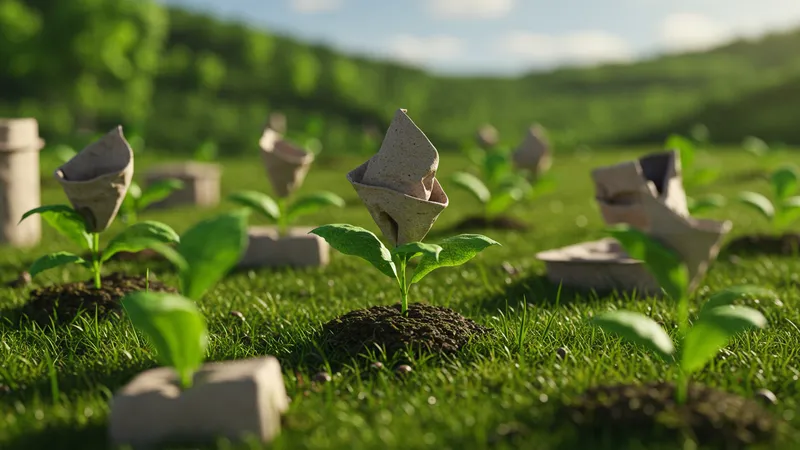
Believe it or not, some cities are seeing dramatic declines in landfill waste by embracing biodegradable packaging. San Francisco, for instance, has seen a significant drop in waste levels. But that’s not even the wildest part…
With new technologies, certain biodegradable films actually decompose into beneficial nutrients, going beyond neutral impact. This revolutionary approach could mean planet-friendly packaging! But that’s not even the wildest part…
What happens next shocked even the experts. The tide of biodegradability isn't ebbing anytime soon, and it promises more than just cleaner oceans—potentially influencing consumer habits and corporate priorities on an unprecedented scale. The implications are just too massive to ignore. What you read next might change how you see this forever.
Surprisingly, one of the oldest materials humans have used is finding new life as a sustainable packaging option: seaweed. That’s right, this ancient substance isn’t just for sushi wraps anymore. It’s biodegradable, fast-growing, and doesn’t require land or freshwater. But there’s more to this tale…

The unique properties of seaweed mean it can break down naturally without leaving harmful residues. Studies have shown that certain seaweed-based films dissolve harmlessly in soil in just a few weeks. But there’s one more twist you won’t believe...
Despite its marine origins, seaweed is providing packaging solutions far from the ocean. This versatile material is being tested in urban areas for everything from food wraps to shipping fillers. What you read next might change how you see this forever.
Seaweed’s rise doesn’t just signify an eco-friendly shift; it represents a profound opportunity for businesses to ride the wave of an emerging, sustainable market. What happens next might surprise you and redefine your understanding of eco-innovation.
Mushrooms, those humble fungi, could play a pivotal role in changing how companies handle packaging waste. Their natural decomposition abilities make them an unexpected hero in biodegradable solutions. Imagine packaging that simply disappears after its job is done!
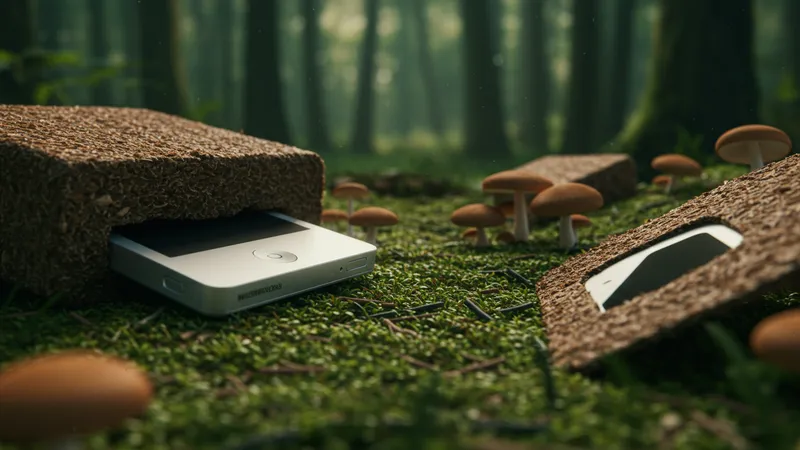
Recent innovations have seen mushrooms transformed into packaging materials that can support everything from electronics to fragile items. Remarkably, when discarded, they decompose completely, leaving behind no ecological footprint. But there’s a thrilling element you haven’t heard about…
What might shock you is how inexpensive mushroom packaging can be. Innovative startups are bringing costs down, making these sustainable options comparable to, if not cheaper than, traditional packaging materials. And that’s not all!
Mushrooms are not only affordable but also customizable, offering businesses unique branding opportunities, such as packaging that’s tailored to the product’s shape. The next revelation about this could make every entrepreneur rethink their sourcing strategies.
What if you could snack on your packaging after finishing your meal? Edible packaging isn’t just a fantasy—it’s becoming a reality, and it’s astonishing businesses with its potential. But before you take a bite, consider this surprising twist…
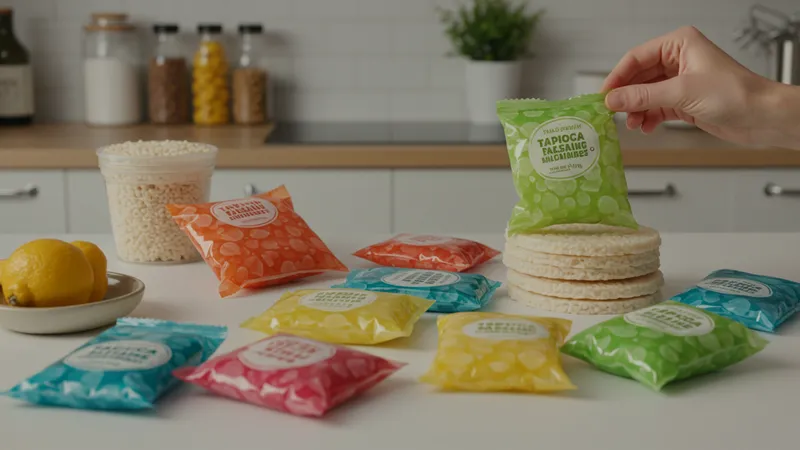
Companies are exploring various edible materials, from tapioca-based films to rice paper containers. They promise not only zero waste but also a fun and interactive customer experience. This might sound too good to be true, but there’s more to it!
The expanding market of edible packaging is attracting the attention of investors worldwide. The concept is proving profitable, paving the way for a greener future and new business models. Yet, there’s one more surprising advantage you haven’t considered…
Adopting edible packaging doesn’t just enhance sustainability; it taps into a trend of novelty and innovation which can seriously boost brand image and customer loyalty. The next big breakthrough in this field could be just around the corner.
Recycled plastics have often been seen as merely a stopgap in sustainability strategies. Yet, the innovation happening within this space is anything but ordinary. Can this material really offer a new hope for eco-friendly packaging? The answer might surprise you…
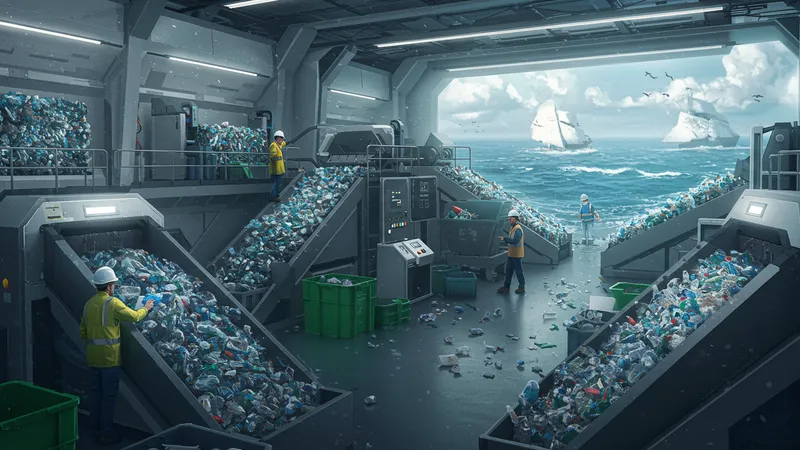
Technological advancements are now enabling better recycling processes, allowing plastics to be reused endlessly. This means less plastic ending up in our oceans and a stronger push towards a circular economy. But let’s dig into the details…
New recycling methods are curbing contamination, improving the quality and safety of recycled plastics. These improvements are making recycled materials more attractive than ever to businesses. But what remains shocking is…
This shift is not just about reducing waste; it’s about rethinking plastic's place in our economy. Next, an intriguing transformation within this industry could flip the conventional narrative on its head.
It’s easy to forget about paper amidst high-tech solutions, but it’s worth rediscovering. Many businesses are turning to innovative paper-based products as their go-to sustainable solution. This common material might hold unexpected potential.

From water-resistant coatings to surprisingly durable constructs, paper has come a long way. Advanced technologies are transforming a conventional material into an unassuming yet formidable packaging option. Here’s a revelation few saw coming…
Paper is not just about recycling; it’s about reinvention. New forms of paper are being developed that can handle tasks previously thought impossible for the material. But there’s something else you’ll want to know…
The rise of paper-based solutions isn’t just practical—it’s also popular, tapping into a consumer base eager for eco-friendly options. The journey of paper’s evolution is one to watch closely.
From fuel to forks, corn has found a myriad of uses. And now it’s shaking up the packaging world with biodegradable alternatives. Could corn be the staple of a sustainable future? Let’s take a closer look…
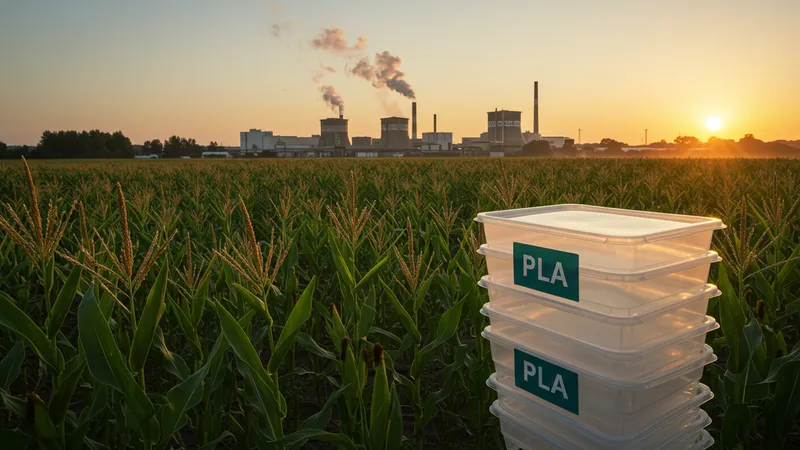
Corn-based bioplastics, known as PLA (polylactic acid), have gained traction for their ability to break down in industrial composting facilities. But what’s lesser-known is…
These bioplastics are not only compostable but also customizable for specific business needs, allowing for flexibility and creativity in design. But there’s something even more shocking waiting to be revealed…
While PLA is often lauded for its environmental benefits, new research suggests even greater potential in this bioplastic with enhanced breakdown capabilities. The implications of these discoveries could be enormous for industries across the board.
Lightweight and strong, bamboo is becoming a preferred material for eco-friendly packaging. This renewable resource is highly sustainable but also surprisingly versatile. There’s more to uncover about bamboo’s unique capabilities…
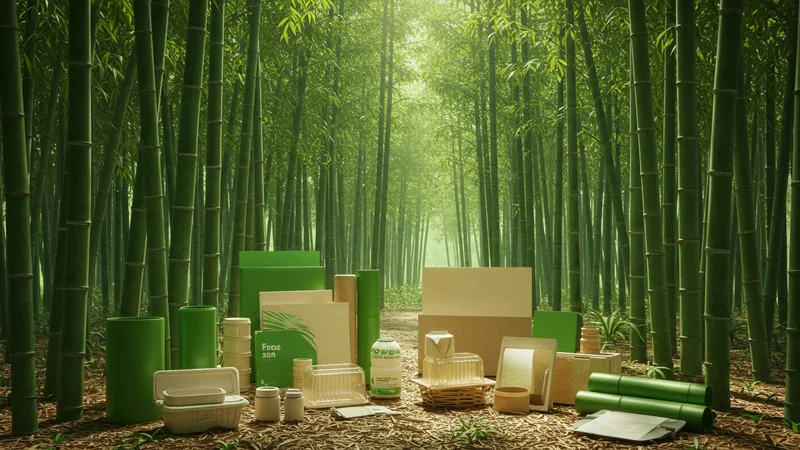
Fast-growing and with minimal environmental footprint, bamboo stands out. Its applications range from packaging films to containers and much more. But what’s truly exciting is…
The scalability of bamboo production is making headlines, enabling even large corporations to shift effortlessly to this green alternative. But there’s a game-changing aspect worth mentioning…
The impact of bamboo isn’t limited to environmental benefits; it also extends to economic upliftment, particularly in regions that cultivate this hardy plant. Find out how this modest grass could be a major player in green packaging innovation.
Algae might be slimy and exotic, but it’s rapidly becoming a superstar in the sustainable packaging world. Its otherwise underappreciated properties are finally being put to creative use. Let’s dive into this fascinating algae evolution…
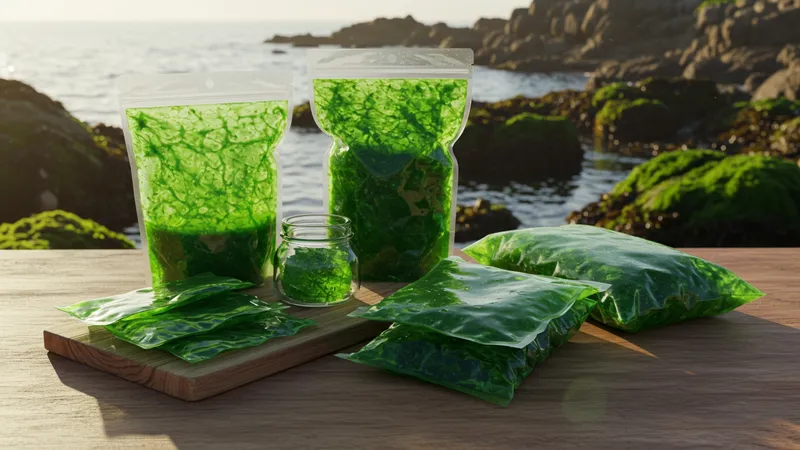
Algae-based materials are prized for their biodegradability and minimal environmental impact. But what’s even more astonishing is how they’re being adopted. The answers might change your perception…
From cosmetics to consumer goods, algae is weaving its way into surprising industries. By reducing reliance on plastic, businesses can benefit significantly from this resource. Surprisingly, that’s not the most unexpected news here…
We’re on the brink of a blue economy, poised to reduce pollution and increase sustainability worldwide. Algae could be key to recovery strategies across industries. Who knew something so small could have such a big impact?
Sugarcane has always been valued for its sweetness, but bagasse, its fibrous byproduct, is making noise as an excellent packaging alternative. Could this agricultural residue offer a sweeter deal for the planet?
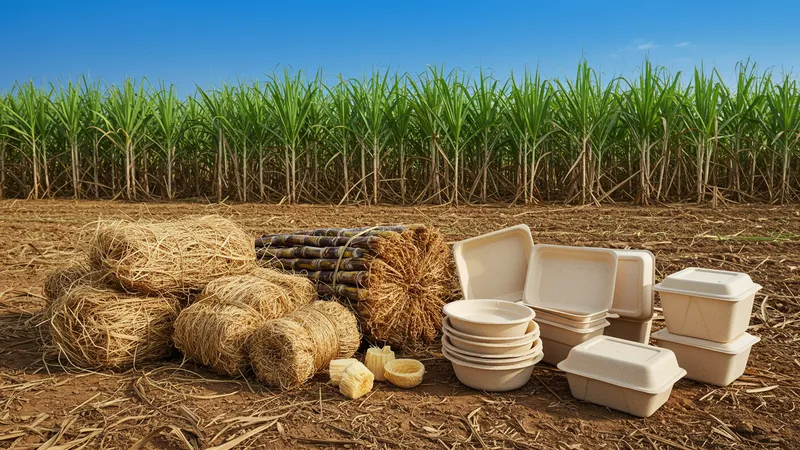
Bagasse offers a striking balance of sturdiness and compostability, making it ideal for applications from takeout containers to plates. But there’s something even sweeter…
Repurposing bagasse diverts tons of waste from landfills, crafting an intersecting path between sustainability and profits. There's a twist you won’t be expecting…
As this fibrous material continues to gain traction, it might just set the gold standard for eco-friendly materials, showing how waste can be the key to sustainability. The effects are worthy of keeping an eye on.
Even as biodegradable packaging grows in popularity, there are potential pitfalls companies must avoid. Adverting mistakes is crucial to ensuring genuine sustainability. Let’s explore these overlooked challenges…
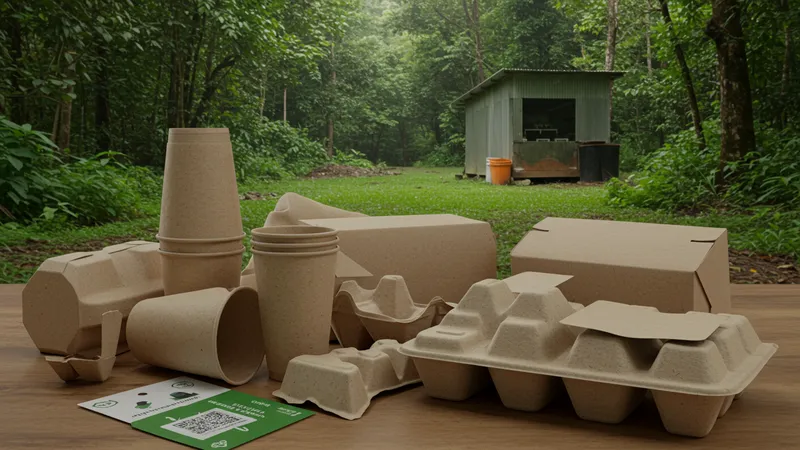
Composting facilities are necessary for many biodegradable products but aren’t available everywhere. This logistical hiccup can undermine potential benefits. We must delve deeper…
Biodegradable doesn’t necessarily imply no harm to the environment—mismanagement could result in unexpected consequences or inefficiencies. Still, there’s more to the learning curve…
Education and awareness could be central to optimizing these initiatives. Fortunately, solutions exist, giving businesses a solid groundwork to navigate this transformative shift effectively.
Decisions about packaging are not just environmental—they’re economic. The costs and savings involved with biodegradability tell an exciting story. Here’s a peek at the financial side…
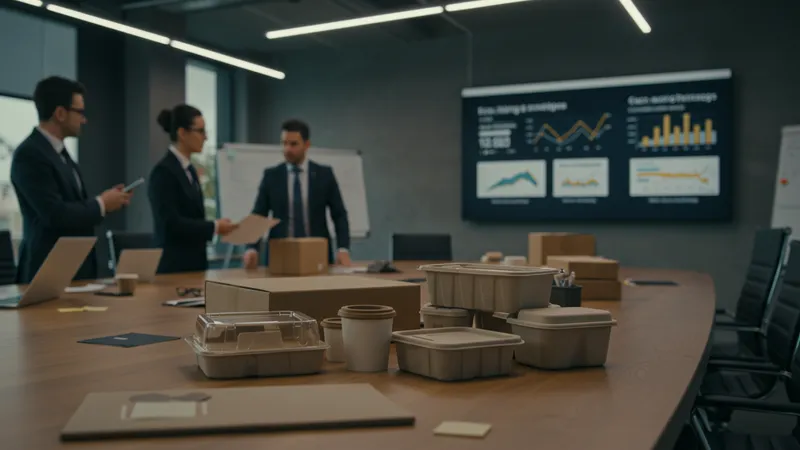
Many businesses are discovering that sustainable packaging can be an investment rather than a cost. Tax incentives are helping companies shift gears. There’s more at play here…
Despite higher initial outlays, long-term savings from reduced waste disposal and improved brand loyalty present compelling economic arguments. But the revelations don’t stop there…
Scaling these solutions could transform entire business models, harnessing not just environmental benefits, but profit potential. Keep reading to see how the numbers might add up.
Consumers are more influential than ever, driving shifts towards sustainability through their purchasing choices. This consumer behavior unlocks new pathways. Don’t overlook these trends…
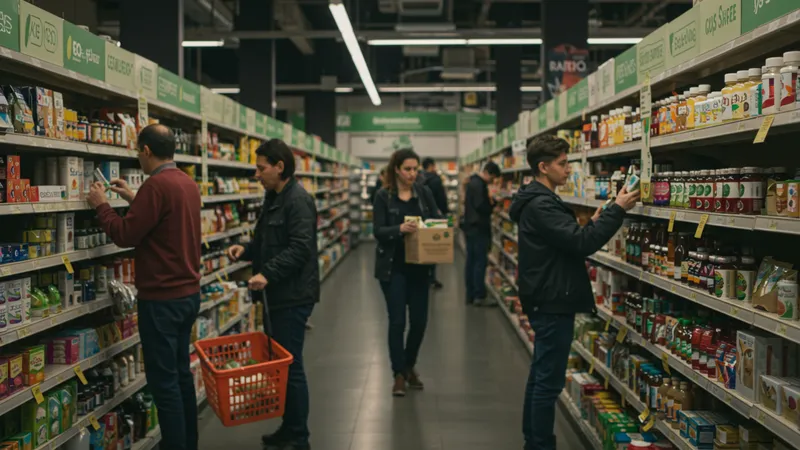
From demanding transparency to preferring eco-certified products, consumers shape corporate sustainability policies. Their role in the shift to biodegradable options is monumental. Discover more…
Businesses are capitalizing on these preferences, aligning with eco-conscious consumers as a strategic move. But there’s an overlooked aspect about driving this change…
Consumers’ influence can extend beyond personal choices, shaping industry standards and policies universally. The reverberations of this power are just beginning.
Rethinking materials is paramount as businesses explore alternatives to conventional plastics. The innovation happening in unexplored arenas is compelling. Here’s what’s next…
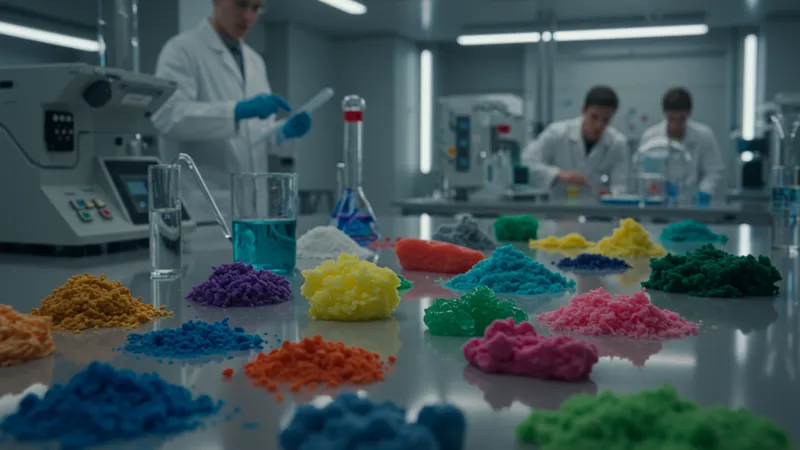
While familiar materials make headway, new technological advancements are continuously emerging, fueling excitement. These developments could catalyze further change…
The push for continuous innovation encompasses more than just replacing plastic; it’s about designing a new future for packaging. But the possibilities extend even further…
This trend signifies a significant shift toward a more sustainable economy, encouraging an era defined by open-ended exploration and experimentation. And it could redefine entire industries.
The world of biodegradable packaging is not just an industry trend but a powerful movement poised to reshape the future. This destiny is in our hands.
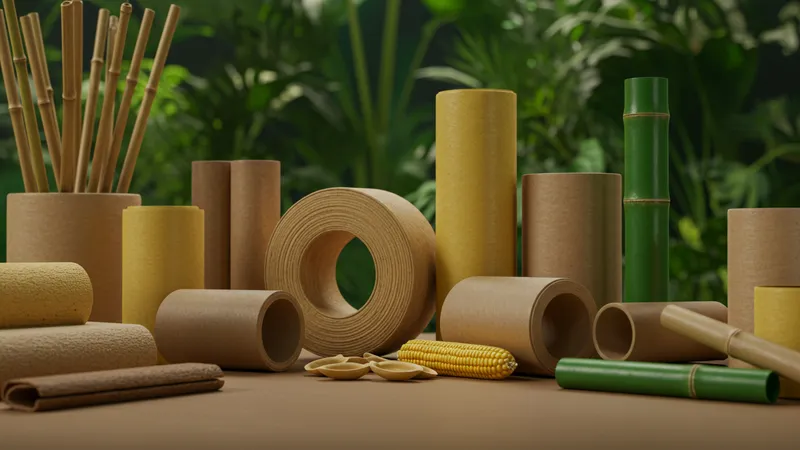
The advancements we witness today could translate into enduring change, reflecting not only an evolution in materials but in mindset. Will you be part of the solution? Share this article to spark dialogue or bookmark it as a reminder of what’s possible with sustainability at the forefront.